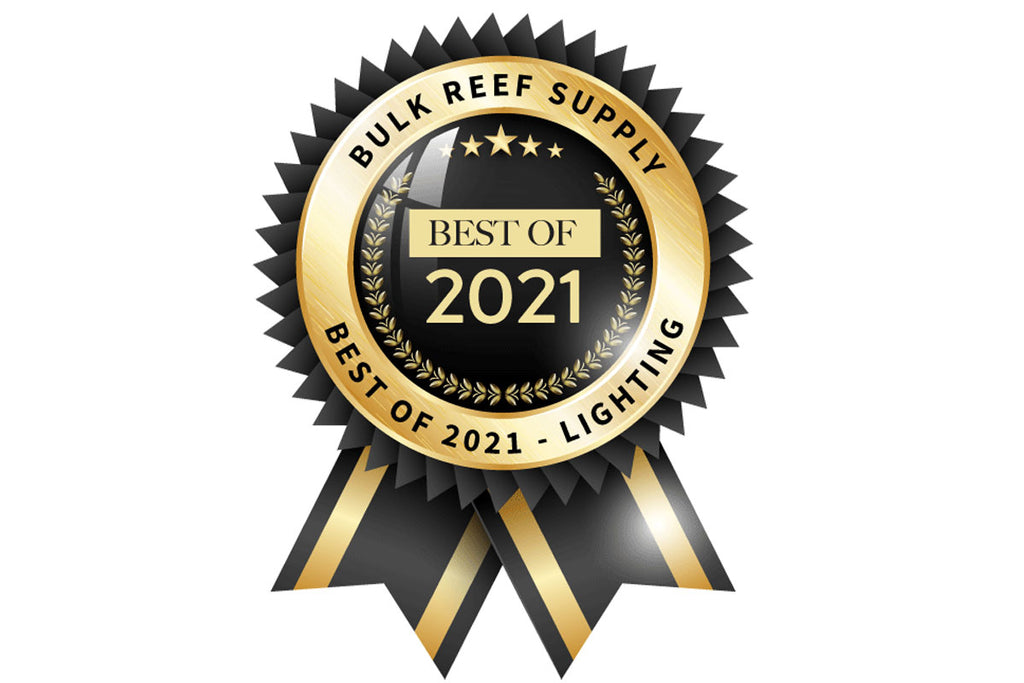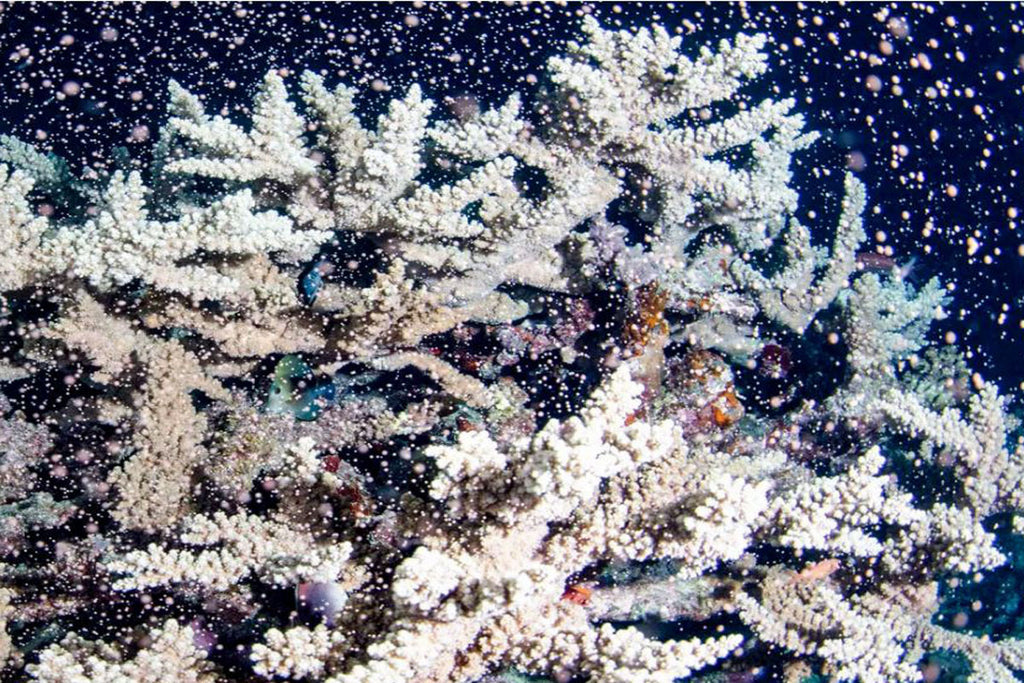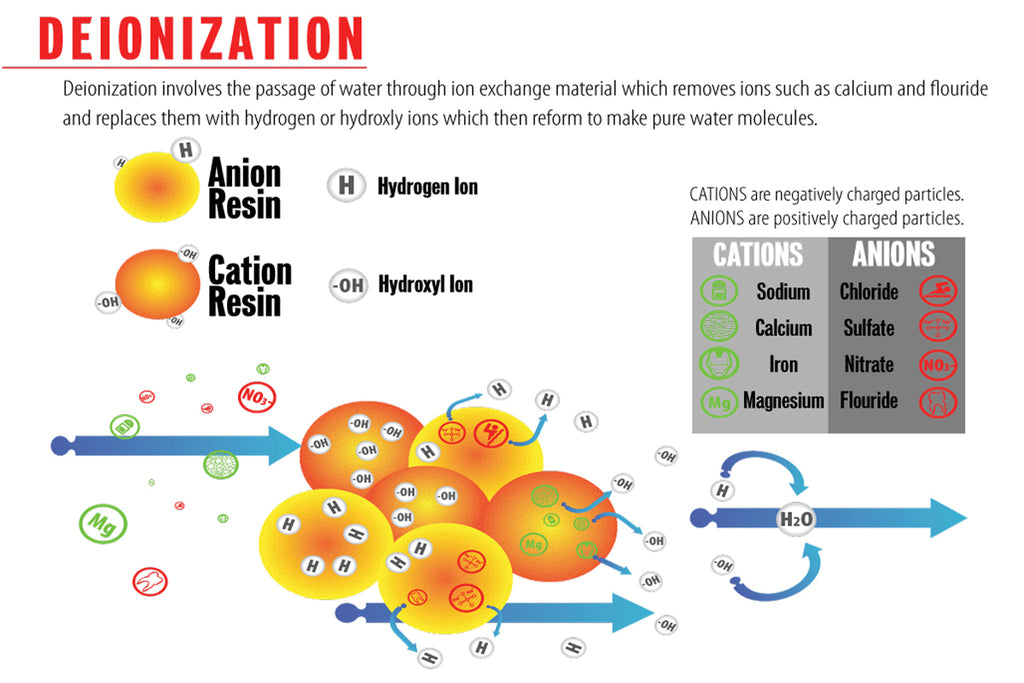Removing Total Dissolved Solids (TDS)
- News
- 01 Jan, 2019
Total Dissolved Solids (TDS) are equal to the total weight of all solids (minerals, salts or metals) that are dissolved in a given volume of water, and expressed in parts per million (ppm) so water quality and purity is often measured by the amount of Total Dissolved Solids (TDS) in the water. Depending on how reverse osmosis filtered water is to be used, it is often necessary to further decrease the amount of TDS in the RO filtered water. For all aquatic animals lowering total dissolved solids is very important for osmotic regulation and hydration.
Most Reverse Osmosis (RO) units will remove at least 95% of the TDS from the water. This is accomplished through the use of a specially designed Membrane. The amount of TDS in your RO filtered water will vary depending on the amount of TDS coming from your tap. For example, if your tap water has 200 TDS, your RO unit filtered water will be around 10 TDS. If your tap water has a 250 TDS reading, your RO filtered water will be closer to 12.5 TDS. In some applications, the remaining TDS is fine. For example, a planted aquarium or a fish only aquarium may not need all of the TDS removed. However, other applications may need to have the remaining TDS removed from the water - removing the remaining TDS is often desired prior to adding water back to the aquarium due to evaporation, or for making up new saltwater for a water change.
Removing the remaining TDS from the RO-filtered water is accomplished using our Deionization (DI) Resin. The water passes through a resin cartridge where the remaining TDS “bonds” to the resin. The DI-filtered water should have a zero TDS if the resin is working. How do you know if the resin is working or used up? Aquatic Life resins change color when exhausted. This means it is easy to visibly see when it’s time to change the resin cartridge. The longevity of the cartridge will depend on how much TDS is in the water going into the DI cartridge. Using the example above, a DI cartridge will last longer if the Membrane-filtered water is 10 TDS versus 12.5 TDS. Another way to monitor your TDS is to use a TDS Meter. Meters come in many models and have the ability to measure your tap water, Membrane-filtered water and DI-filtered water. Aquatic Life offers multiple options for DI filtration.







